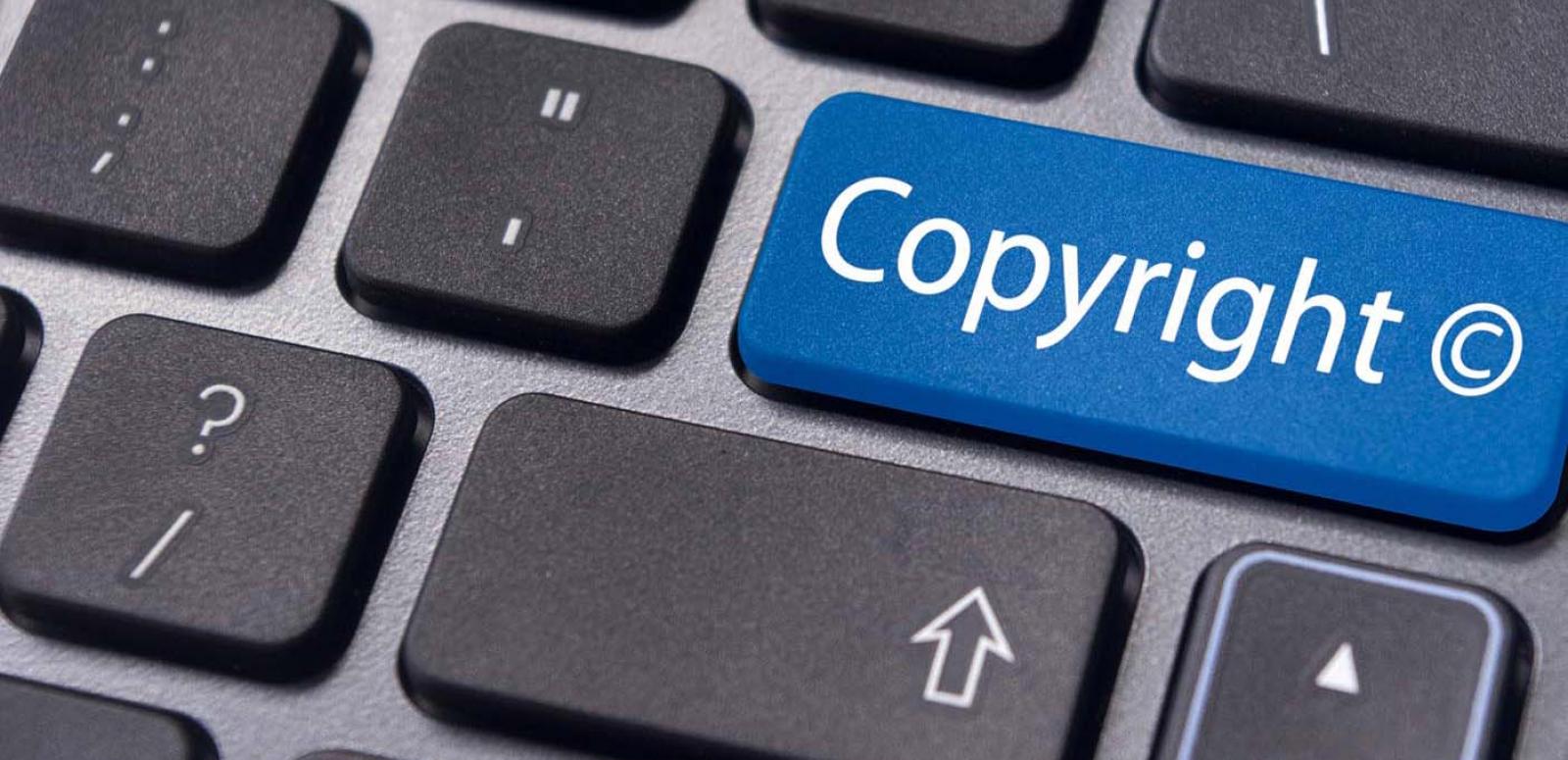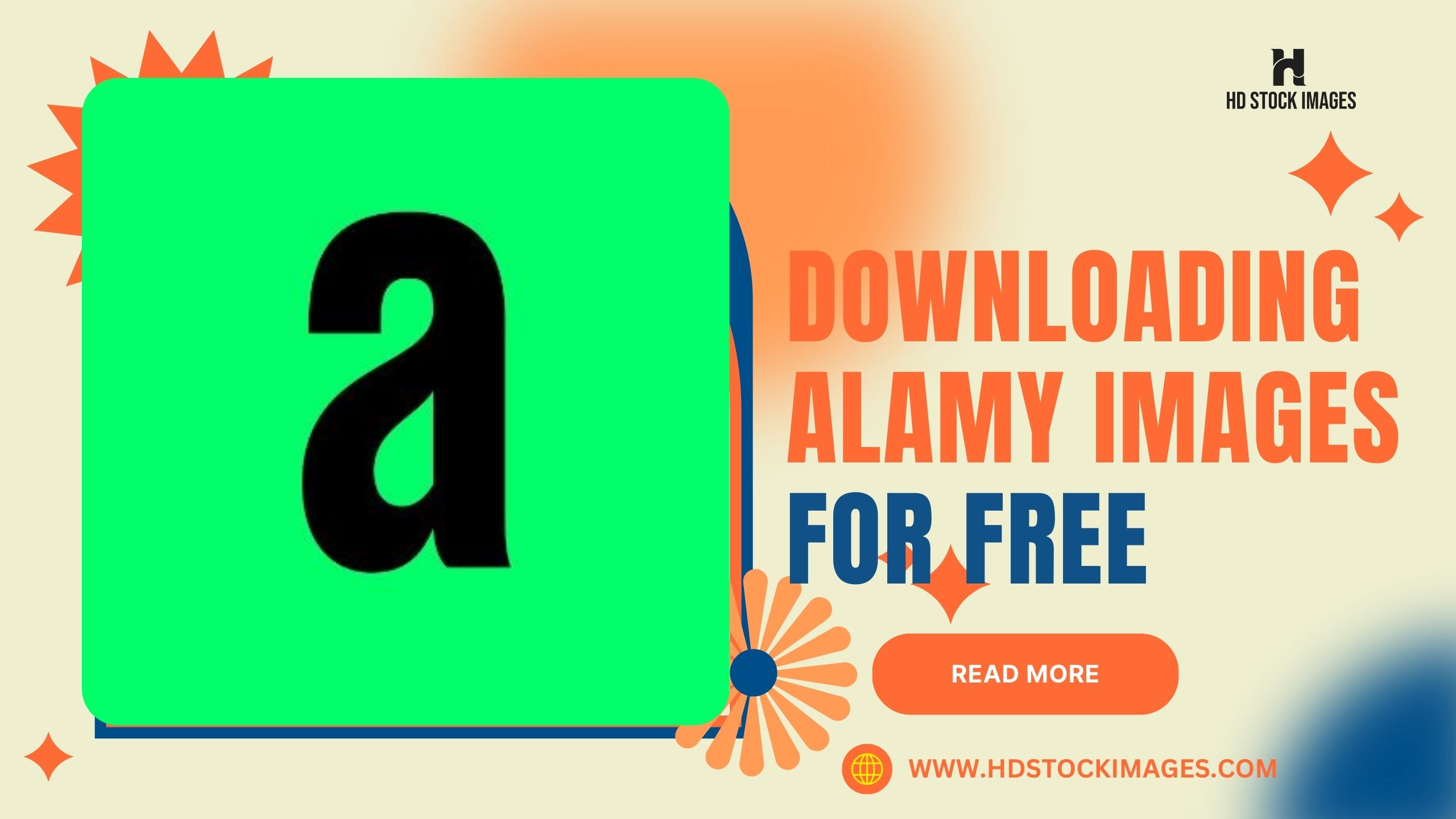1. Introduction:
In the digital age, where content is readily available and easily shared, it is essential to understand and respect copyright laws. Copyright protects the rights of creators, allowing them to control the use and distribution of their work. Using copyrighted material without permission or proper licensing can result in legal consequences and damage to the creative industry.Alamy is a well-established and trusted platform that provides a vast collection of high-quality, licensed images from photographers around the world. It offers a range of licensing options to accommodate different usage needs, making it an ideal resource for finding suitable images to enhance your YouTube videos.The purpose of this outline is to provide essential information about copyright and licensing when it comes to downloading images, specifically focusing on Alamy. By understanding these concepts, users can make informed decisions, respect intellectual property rights, and avoid potential legal issues related to unauthorized usage of copyrighted materials.Also Read This: Importing an Image Sequence into DaVinci Resolve
2. Copyright Basics:

A. Definition of copyright
Copyright is a legal concept that grants exclusive rights to creators or copyright holders over their original works. This includes photographs, music, literature, videos, and other creative expressions. Copyright protection is automatic upon creation and provides creators with control over the use, reproduction, distribution, and public display or performance of their works.B. Rights of copyright owners
Copyright owners have several exclusive rights, including:1. Reproduction: The right to make copies or reproductions of the work. 2. Distribution: The right to distribute copies of the work to the public. 3. Derivative works: The right to create new works based on the original. 4. Public display: The right to publicly showcase the work. 5. Public performance: The right to publicly perform the work.C. Duration of copyright protection
The duration of copyright protection varies depending on factors like the type of work and the country. In general, copyright protection lasts for the author's lifetime plus a certain number of years. After the expiration of copyright, the work enters the public domain and can be used freely by anyone.Understanding these copyright basics is essential when dealing with copyrighted materials like Alamy images. Respecting copyright laws and obtaining the necessary licenses ensures legal and ethical usage of creative works.Also Read This: how to split a large image on cricut
3. Licensing and Alamy:
A. Alamy's licensing options
Alamy offers various licensing options for their images, providing flexibility to meet different usage needs. These options may include:1. Royalty-Free License: With a royalty-free license, you can use the image multiple times without incurring additional fees, subject to certain restrictions.2. Rights-Managed License: A rights-managed license allows for more specific control over the image's usage, including factors such as duration, territory, and exclusivity. Pricing is typically based on these usage parameters.B. Importance of licensing for legal usage of images
Licensing is crucial for legal usage of images, as it grants the necessary permissions and rights from the copyright holder. When you license an image from Alamy, you are obtaining the legal right to use the image according to the terms specified in the license agreement.C. Licensing terms and restrictions
Each license agreement provided by Alamy comes with specific terms and restrictions that outline how the image can be used. These terms may include limitations on usage duration, territorial restrictions, the number of reproductions, and specific purposes for which the image can be used. It is essential to review and adhere to these terms to ensure compliance with the license agreement and copyright law.Understanding Alamy's licensing options and complying with the terms and restrictions associated with each license is vital for legally using their images. Properly licensing the images ensures that you have obtained the necessary permissions and can confidently incorporate the images into your projects without infringing on the rights of the copyright holders.Interesting point. I imagine there'd be some kind of licensing deal between Alamy and the film studios. The photographer/actors (I assume) wouldn't have had any ownership, after being paid their fee post production, unless they had a percentage..
— Spy Who Loved #MeToo (@SpyLovedMeToo) December 24, 2021
Also Read This: The Best Editing Techniques for Portrait Photography
4. Downloading Alamy Images for Free: The Risks:
A. Unauthorized downloads and copyright infringement
Downloading Alamy images for free without proper licensing or permission from the copyright holder constitutes copyright infringement. Copyright infringement is a violation of the exclusive rights granted to the copyright owner and can lead to legal consequences.B. Legal consequences of using images without proper licensing
Using images without the appropriate licenses or permissions exposes individuals to potential legal action. Copyright holders have the right to pursue legal remedies, which may include seeking damages, issuing takedown notices, or filing lawsuits to protect their intellectual property rights.C. Potential damage to the creative industry
Free downloading of Alamy images undermines the creative industry by devaluing the work of photographers and content creators. It diminishes their ability to earn a living from their creative endeavors and can negatively impact their motivation to produce high-quality content.It is essential to recognize the risks associated with downloading Alamy images for free without proper licensing. Respecting copyright laws and obtaining the necessary licenses or permissions not only safeguards against legal consequences but also supports the creative community and fosters a sustainable environment for artists and content creators.This video explains how to Download Alamy Images for Free: The Risks:Also Read This: How to Use 123RF for Seasonal Marketing Campaigns
5. Fair Use and Limitations:
A. Definition of fair use
Fair use is a legal doctrine that allows for the limited use of copyrighted material without obtaining permission from the copyright owner. It serves as an exception to copyright law, enabling certain uses for purposes such as criticism, commentary, news reporting, teaching, scholarship, or research.B. Factors influencing fair use determination
When determining fair use, several factors are considered, including:1. Purpose and character of the use: Whether the use is transformative, adds new meaning or value, or is for non-commercial, educational, or informational purposes.2. Nature of the copyrighted work: The nature of the original work, such as its factual or creative nature, may affect fair use considerations.3. Amount and substantiality of the portion used: The extent to which the copyrighted work is used, both quantitatively and qualitatively, compared to the entire work.4. Effect on the market for the original work: The impact of the use on the potential market value or potential market harm to the original work.C. Understanding fair use limitations
Fair use is a nuanced concept, and its application is determined on a case-by-case basis. It is important to note that fair use is a defense that can be argued in a court of law if a copyright infringement claim is raised. However, the interpretation and determination of fair use can vary, and it is generally safer to obtain proper licensing or permissions when using copyrighted material to avoid legal disputes.Understanding fair use and its limitations helps individuals navigate the boundaries of copyright law. While fair use can provide some flexibility in certain circumstances, it is essential to exercise caution and consider seeking proper licensing or permissions when using Alamy images to ensure compliance with copyright laws.Also Read This: Building a Successful Portfolio on Getty Images: Tips for Capturing Market Demand
6. Best Practices for Legal Usage:

A. Educating oneself about copyright and licensing
1. Stay informed about copyright laws and regulations in your country, staying updated on any changes or updates. 2. Familiarize yourself with Alamy's licensing options, terms, and conditions to understand the proper procedures for legal usage. 3. Regularly educate yourself on fair use principles and its limitations to make informed decisions.B. Respecting the rights of creators
1. Recognize and appreciate the creative work of photographers and content creators, valuing their intellectual property rights. 2. Seek permission or obtain proper licensing before using copyrighted material, ensuring you have the necessary rights to use the content. 3. Give proper attribution to the original creator whenever required, acknowledging their contribution to the work.C. Properly licensing images for intended usage
1. Understand the specific terms and restrictions outlined in the license agreement provided by Alamy. 2. Choose the appropriate license that aligns with your intended usage, considering factors such as duration, territory, and purpose of use. 3. Ensure that the license covers all necessary rights and permissions for your specific usage.D. Keeping records of licenses and attributions
1. Maintain detailed records of all licenses acquired from Alamy, including license agreements or purchase receipts. 2. Keep a record of attributions given to photographers and Alamy, such as the name of the photographer and the source of the image. 3. Store these records in a safe and accessible manner for future reference and as proof of compliance.E. Seeking legal advice if uncertain
1. Consult with legal professionals if you have any doubts or questions regarding proper usage or licensing. 2. Seek legal guidance when dealing with complex copyright scenarios or when uncertain about fair use principles. 3. Obtain professional advice to ensure compliance with copyright laws and mitigate any potential risks.By adhering to these best practices, you can ensure that your usage of Alamy images on YouTube or other platforms is legal, ethical, and respectful of copyright laws. Respecting the rights of creators, obtaining proper licenses, providing attribution, and seeking legal advice when needed contribute to a fair and supportive creative environment. Let us all play our part in upholding intellectual property rights and fostering a thriving creative community.Also Read This: Streamable Alternatives: Exploring Video Sharing Platforms
FAQ:
- Can I download Alamy images for free?
- What are the different types of licenses that Alamy offers?
- Standard License: This license allows you to use the image for commercial and non-commercial purposes. You can use it on websites, social media, and in print.
- Extended License: This license gives you more flexibility in how you use the image. You can use it for commercial and non-commercial purposes, and you can also modify the image.
- Royalty-Free License: This license gives you the most flexibility in how you use the image. You can use it for commercial and non-commercial purposes, and you can modify the image however you like.
- How much does it cost to license an Alamy image?
- Where can I find more information about Alamy licenses?
- What happens if I use an Alamy image without a license?
- What are the penalties for copyright infringement?
- How can I avoid copyright infringement?
- Are there any free stock image websites that I can use instead of Alamy?
- Pixabay
- Unsplash
- Pexels
- Gratisography
- StockSnap
- Burst
- Freerangestock
- Picography
- Life of Pix
- What are the benefits of using free stock images?
- What are the drawbacks of using free stock images?

 admin
admin








